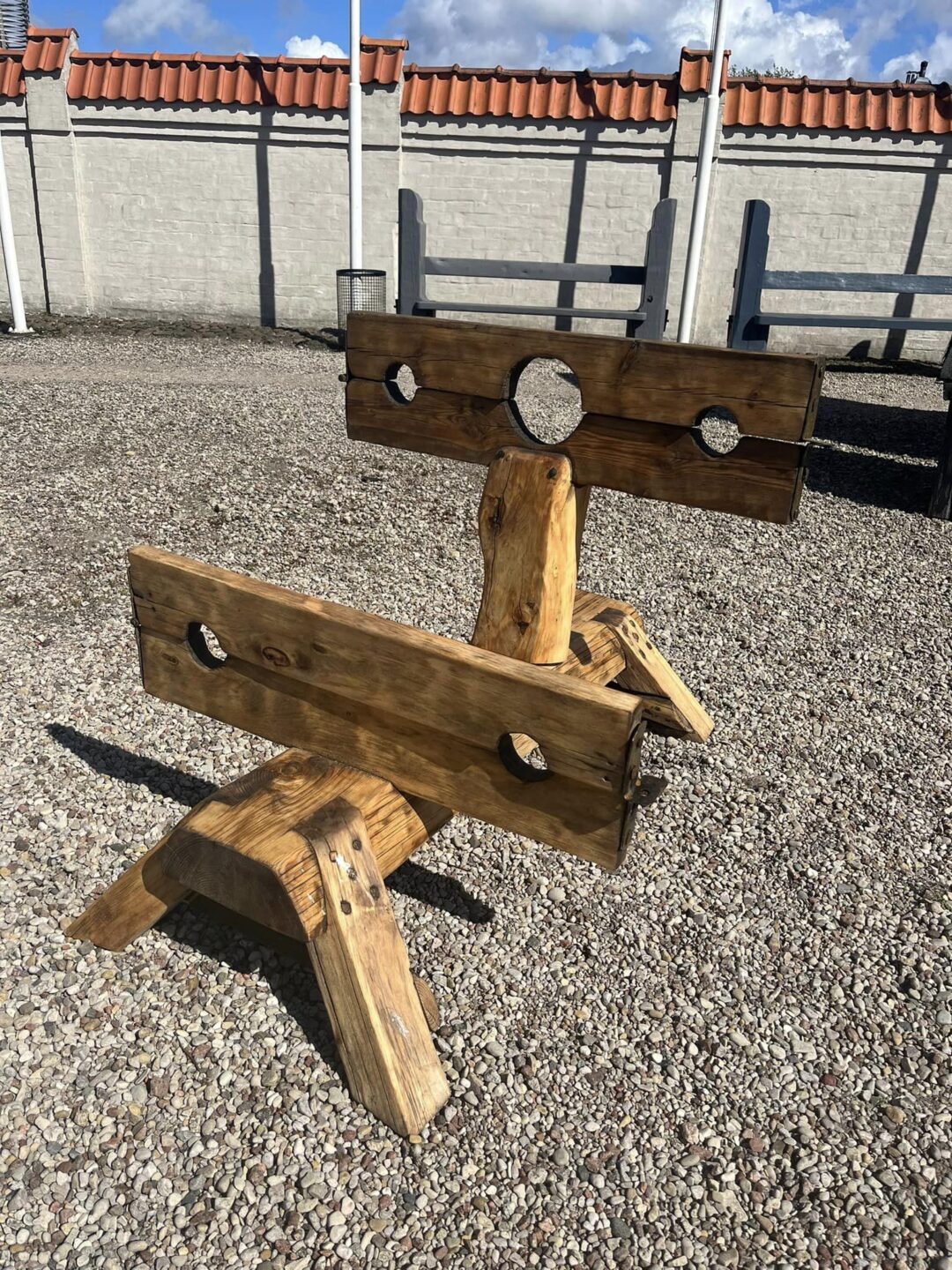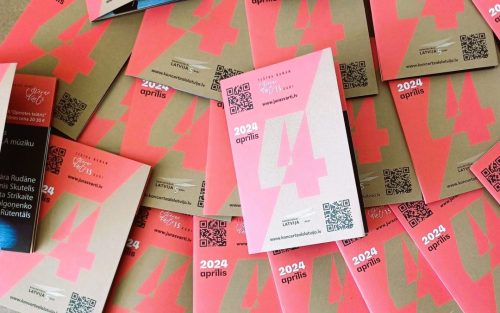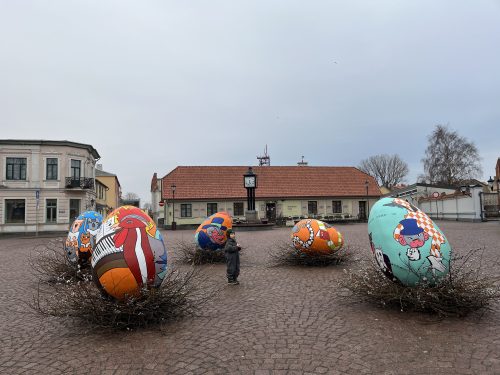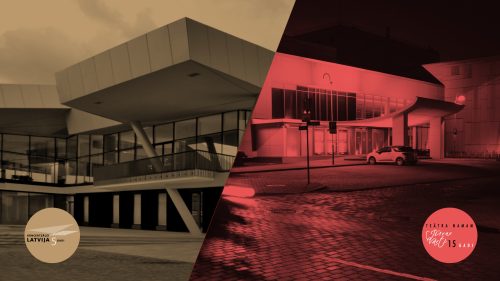The Livonian Order Castle of Ventspils Museum offers visitors the opportunity to put themselves in the shoes of a criminal. Medieval torture tool – pillory – is displayed in the Castle’s courtyard.
Pillory has long been one of the most common tools of torture. It was easy and cheap to make, and relatively widely used. Arms and legs as well as the head could be inserted in the pillory. It was also very useful for transporting criminals. Locked in a pillory, they had limited freedom of movement and were much safer to transport than chained criminals. As those who escaped from Ventspils Castle Prison later proved, chains are no barrier to freedom. But a pillory is. In the Middle Ages, even witches were (for safety) kept locked in a pillory before being burned at the stake. Compared to the medieval tools of torture, which were designed to mutilate people, the pillory was an extremely humane tool. It was intended to publicly shame rather than torment the condemned. Those trapped in a pillory were often pelted with rotten fruit, stones or spat on. The fact that natural needs had to be met on the spot in the pillory also made the situation unenviable. Being locked in a pillory in the hot summer sun without water and food was torturous but bearable. This type of punishment was usually imposed by local authorities for minor offences. In Europe, pillories were used until the 19th century.






